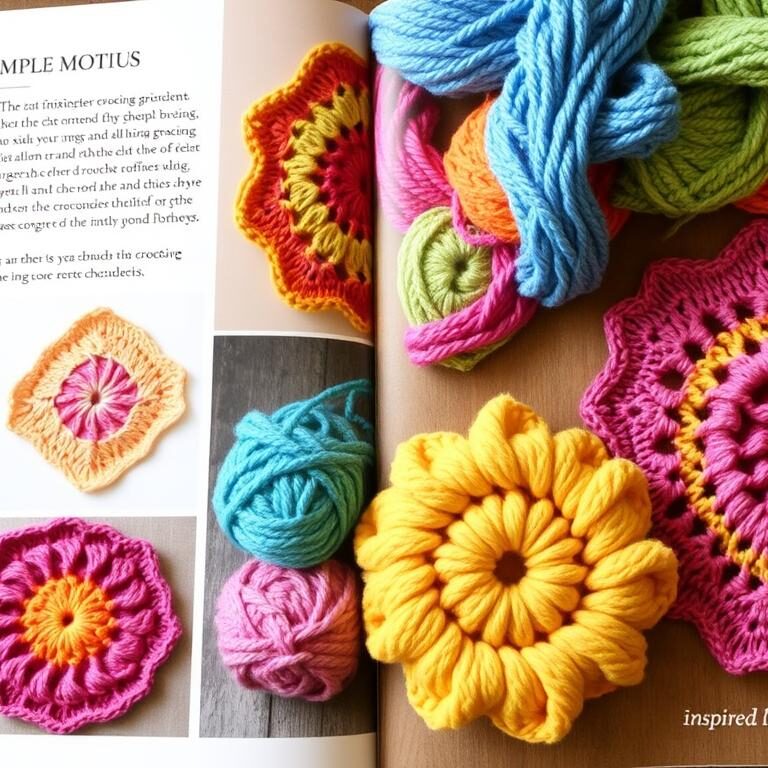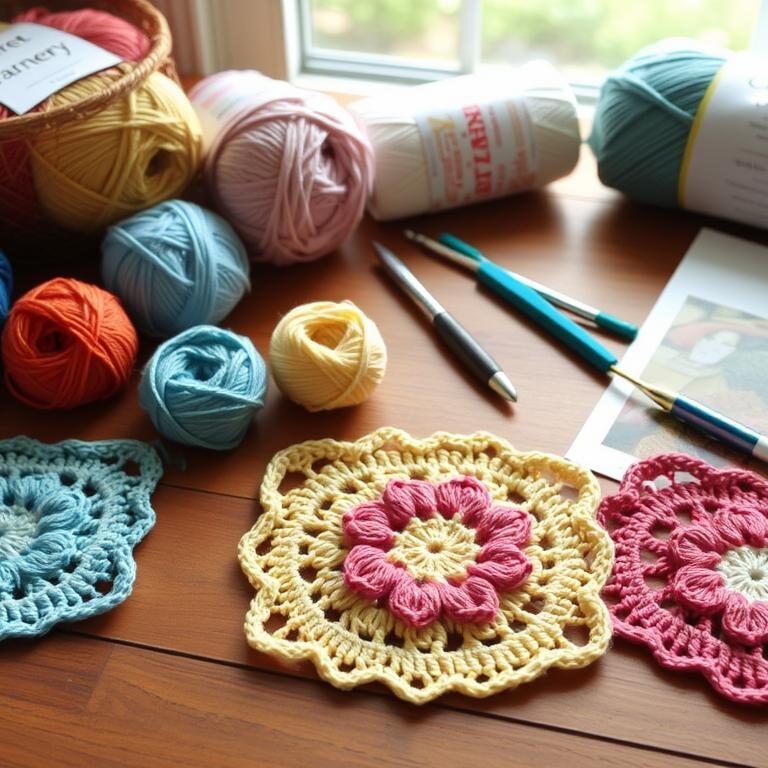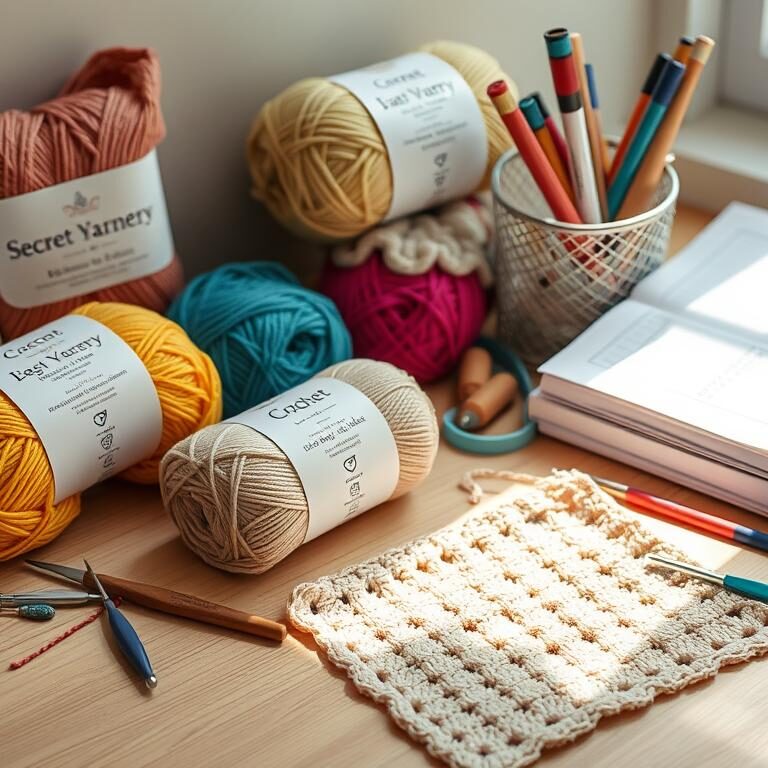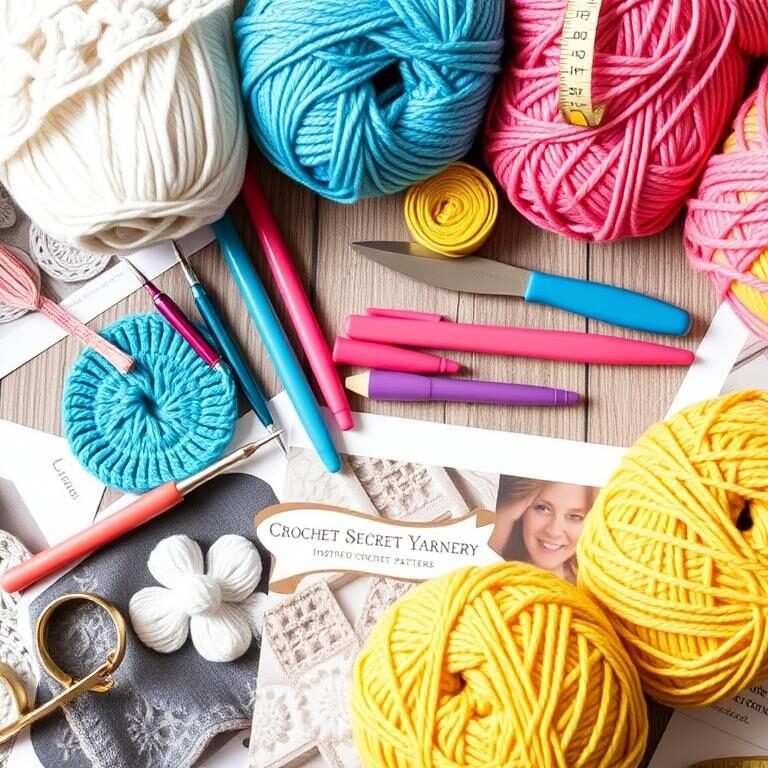Easy Crochet Patterns for Quick Learning
Discover simple and fun easy crochet patterns perfect for beginners! I’ll guide you through quick projects and basic stitches to help you master the art of crochet in no time.

Discover simple and fun easy crochet patterns perfect for beginners! I’ll guide you through quick projects and basic stitches to help you master the art of crochet in no time.

Discover the joy of crochet with my beginner-friendly guide. Learn essential Crochet Basics, from choosing yarn to mastering stitches, and start creating beautiful projects today.

Welcome to the world of easy crochet, where simplicity meets creativity. Starting my crochet journey, I found many beginner-friendly projects. These projects are perfect for starting your crafting adventure. Imagine making something beautiful with just a hook and some yarn. Projects like the double-crochet hat and the easy triangle shawl are great for beginners. They…

As I start learning crochet, I remember the tradition that has drawn many to it. It’s not just about making loops and knots. It’s a craft that adds beauty and warmth to our lives. Let’s dive into the world of crochet together. It’s a craft loved for centuries and still popular today. Learning how to…